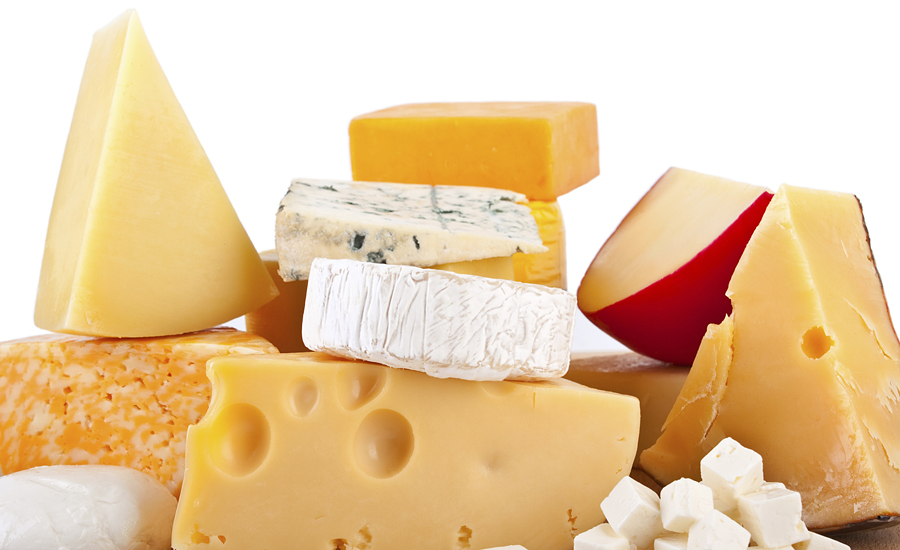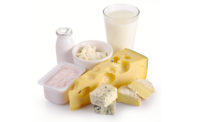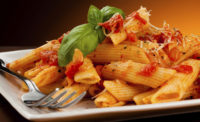America's longstanding love for cheese spurred growth in the natural and specialty cheese market, racking up $17 billion in sales in 2015, according to a report published by market research publisher Packaged Facts, Rockville, Md.
Since 2011, this mature food industry segment has enjoyed a modest compound annual growth rate (CAGR) of 4%. The report, “Cheese: Natural and Specialty Cheeses in the U.S. and Global Markets, 6th Edition,” shows that a combination of snacking trends and wider availability of quality cheese at more affordable prices are the primary catalysts for the uptick.
"The cheese market is appropriately ripe, and the impact of the recession on sales is still being felt. But, there are real opportunities to grow sales. Marketers are capitalizing, for instance, by positioning cheese as a kid-friendly snack, and through the increased availability of indulgent gourmet and artisan cheese varieties," says David Sprinkle, research director, Packaged Facts.
Marketers have continued to promote cheese as fundamentally nutritious and good tasting, despite its high fat content. In fact, fat content as well as sodium are challenges to growth in the market, and marketers have been addressing consumer health and diet concerns with better-tasting reduced salt and fat cheeses, as well as organic cheeses and cheeses made from healthier milk.
Likewise, cheese sales continue to benefit significantly from the snacking trend, with parents in particular driving sales of convenient kid-friendly forms. Healthy alternatives like yogurt, fruit snacks and others have challenged cheese in the snacking arena. Further driving growth is the continued expansion of mass retailers' own private label brands to include natural and specialty cheeses. Private label store brands are a major market driver, accounting for over 40% of dollar sales. Many retailers have also upgraded their cheese departments to attract consumers who want cheese shop-quality products in the supermarket, supercenter or club store.


